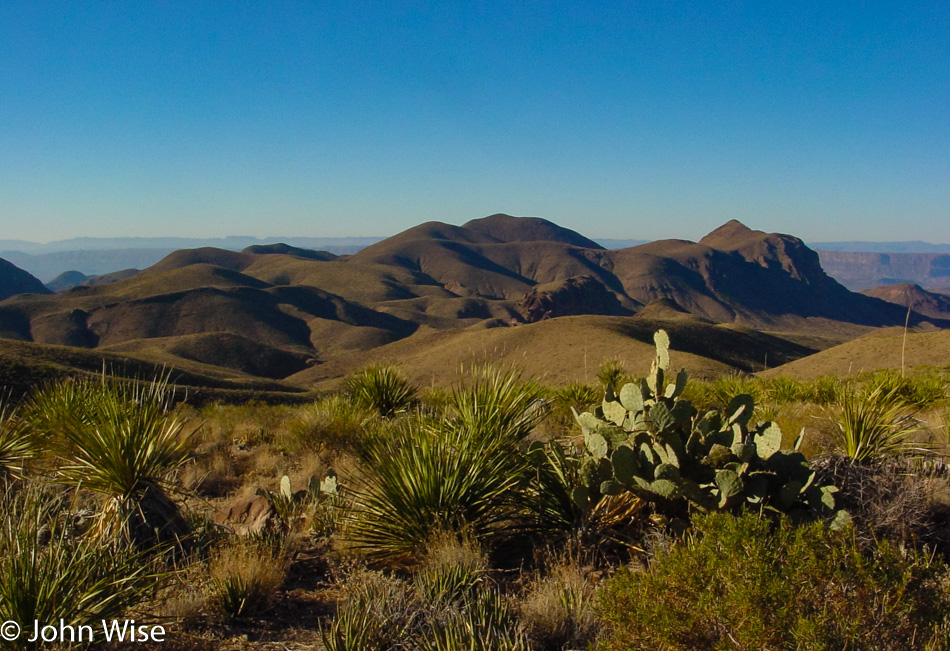
We only have to drive north about 280 miles today, and so with that knowledge, we can linger out here at Big Bend National Park among the cactus, shrubs, brown grasses, and whatever else might come our way. While there may be things for us to come back to on a future visit, we also have to take into account that this is way off the beaten path. At this moment, we are about 740 miles from home or approximately 1200 kilometers, not the quickest of drives to make.
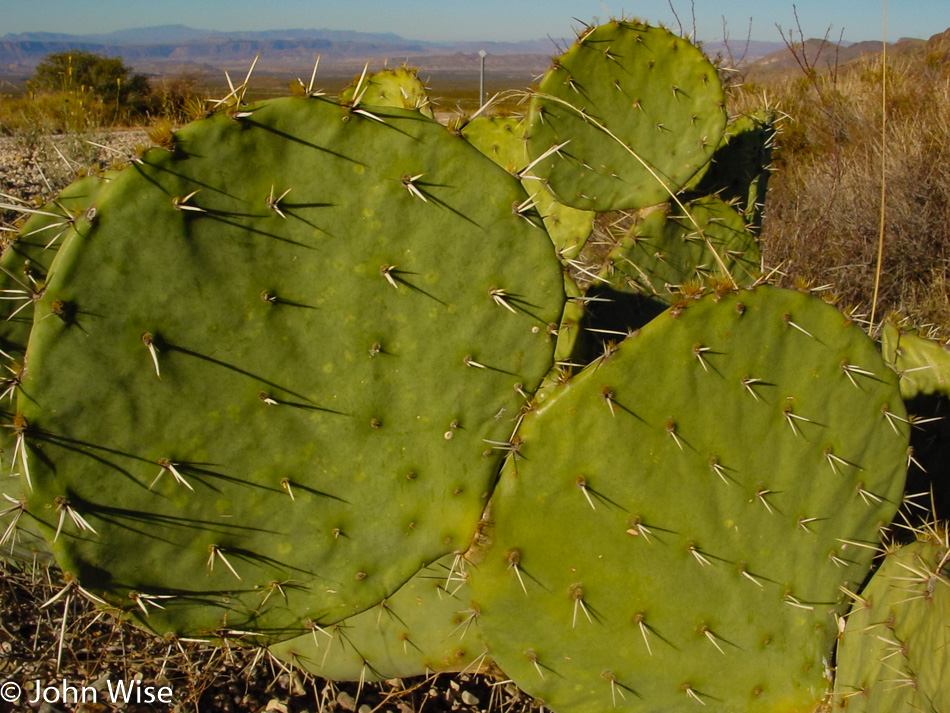
I should have had Caroline put her head down here for scale because these are the biggest cactus paddles I have ever seen.
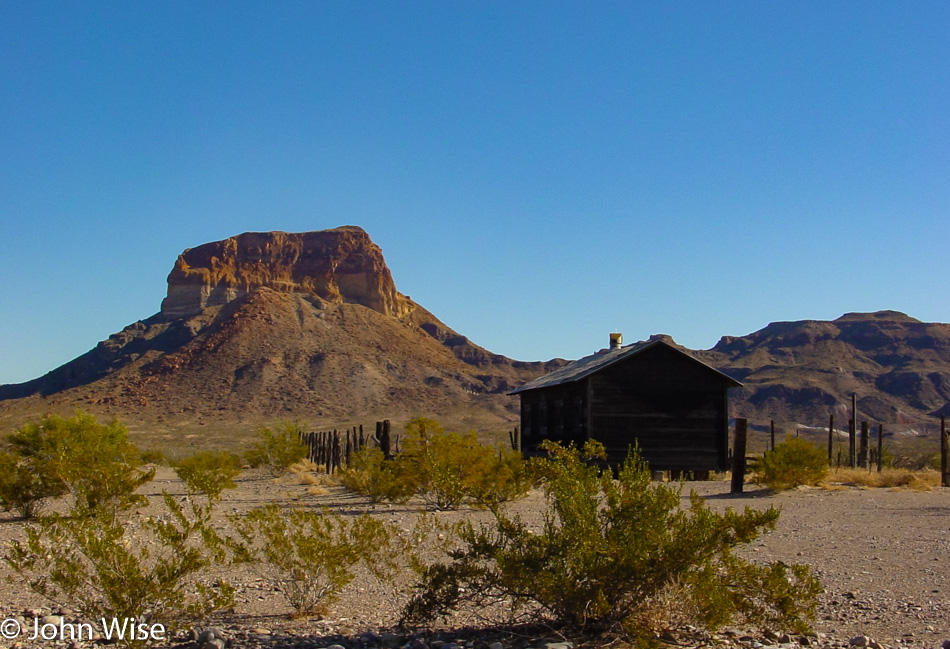
We’re out wandering through the park on our way to nowhere in particular. Once we arrived this morning, we headed over to the Ross Maxwell Scenic Drive and have been digging it so far.
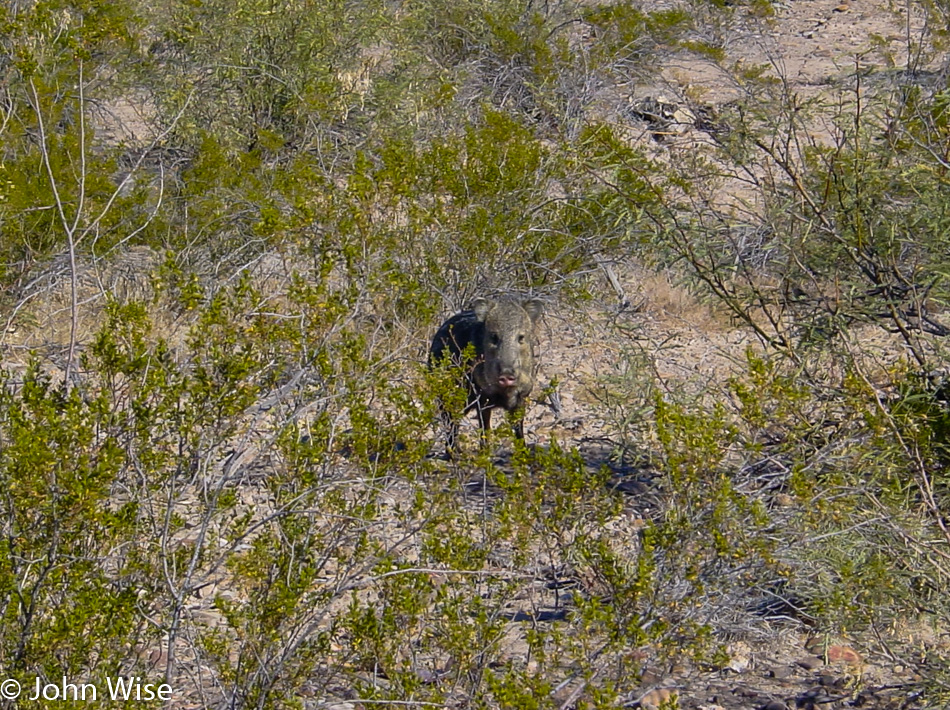
Wow, it’s a staredown with a javelina, and I can only hope it’s not feeling intimidated, as I’d prefer that it keeps its distance. I’ve heard somewhere that they have poor eyesight but an acute sense of smell so that while we may be a blur they can smell our presence. Here’s wishing this one smells our curiosity and inches peacefully closer so we can get a better look. Shortly after seeing this guy and not very far from the Castolon Visitor Center, a mountain lion leaped across the road. There was no way in the half-second it moved between the deep grasses across two lanes that I was ever going to be able to take its photo, but there it was, the very first mountain lion in the wild we had ever seen. Of course, we stopped at the visitor center and reported our sightings.
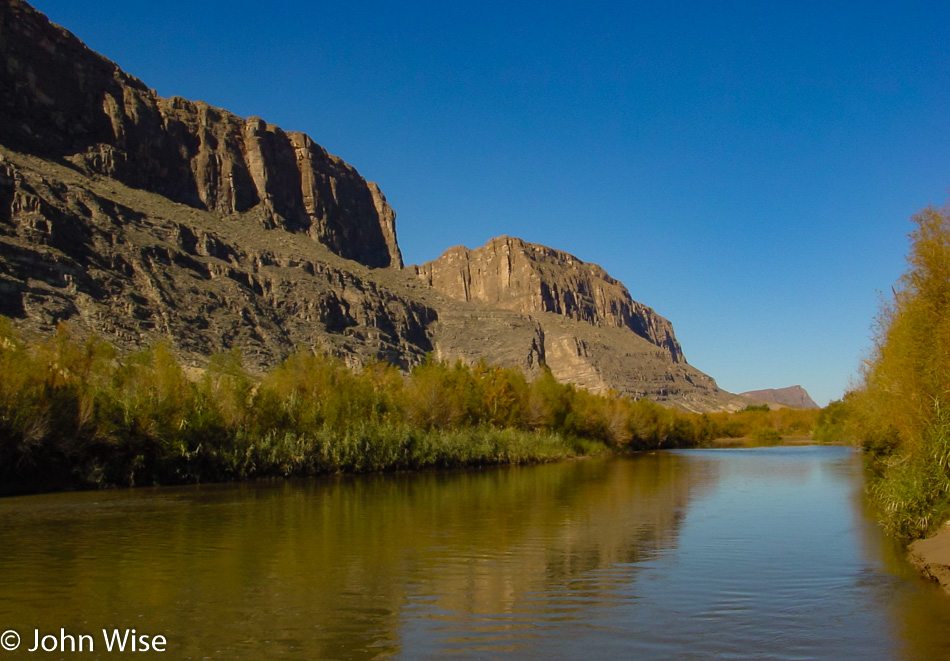
Yesterday, we thought we were near the Santa Elena Canyon, but we were closer to the boat launch than the canyon trail, and so on the recommendation of a ranger, we are taking the short walk on that trail that takes us right to the Rio Grande.
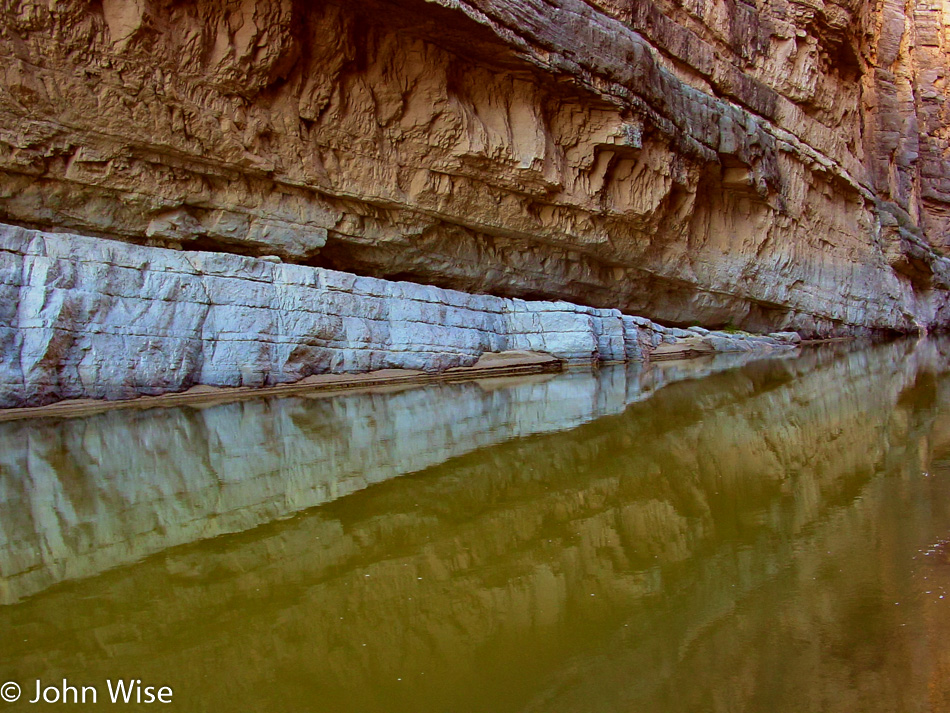
Mexico is so close we could reach out and touch it. What a beautiful canyon this is.
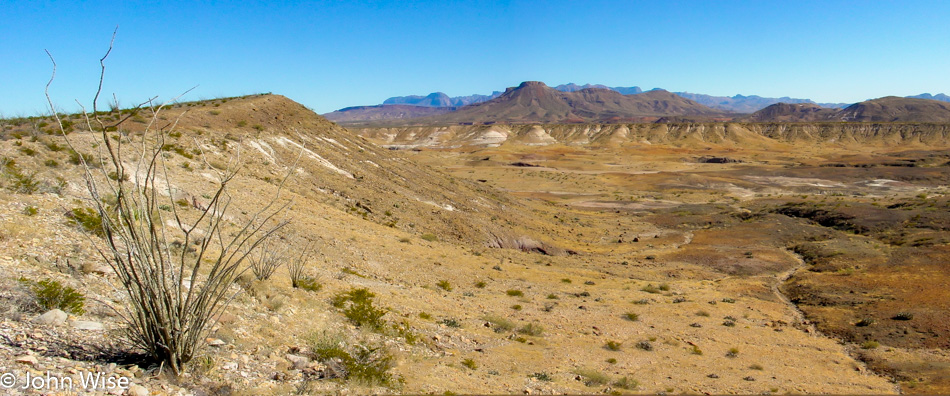
Our exit from the park will be off the Old Maverick Road; it’s unpaved and dusty in sections, but it does take us by an old stone house called Luna’s Jacal. Turns out that old man Luna built a very short house of rock, earth, and plant fiber, which allowed it to remain cooler in the blistering summer temperatures. He farmed out here by diverting water out of nearby Alamo Creek. Some people choose a hard life, others have no choice.
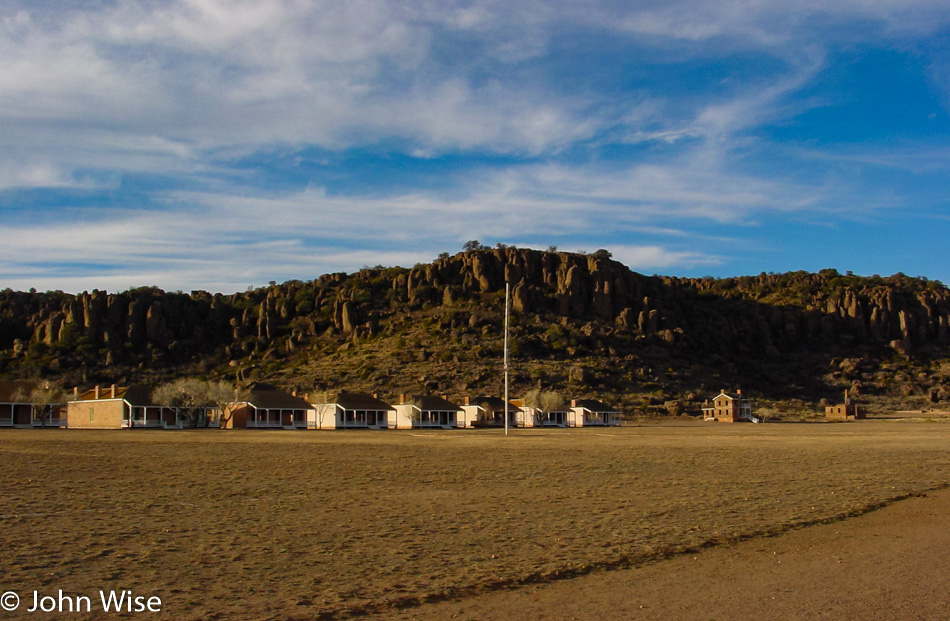
Fort Davis National Historic Site is our next stop on this Christmas journey through the desert.
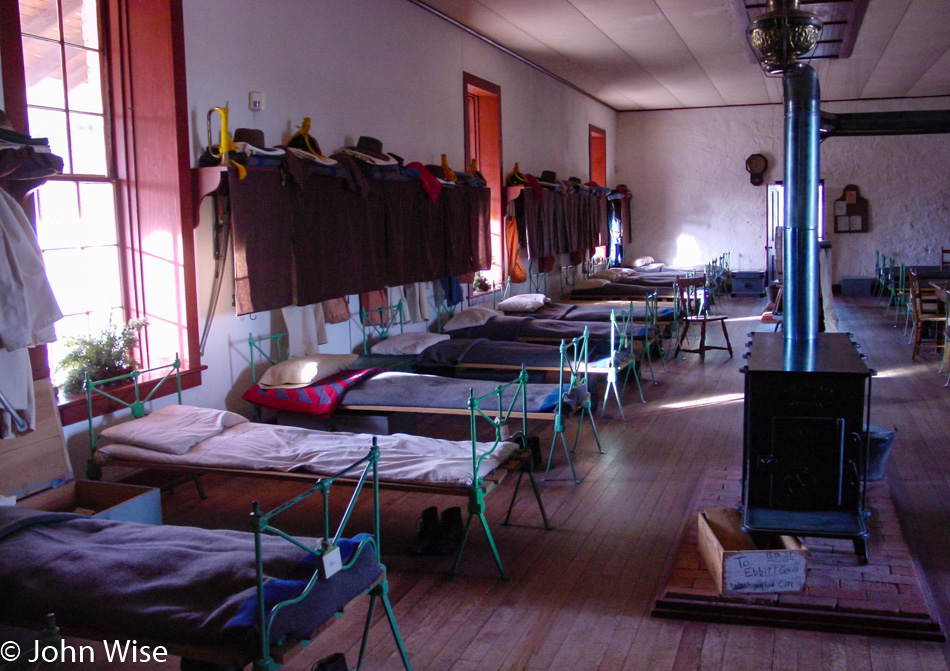
This one-time frontier military post played a key role in the war to clear Native Americans from their lands, and to be honest; I’m conflicted that we have monuments to our ancestor’s determination to relocate or exterminate a people. Earlier, we’d passed a monument erected in 1936 that recognized a ranch and its role during the clearing of Indians and bandits back in 1880 – 1882. Relating bandits in the same sentence with Native Americans feels pretty damn disparaging to me. While I can appreciate the historic nature of these buildings at the fort, I feel that the wrong committed out of here is not adequately acknowledged. I suppose, though, that is the nature of the perspective of the winners; had Hitler won World War II, I guess Dachau could be a monument to the period when the country was clearing the land of Jews.
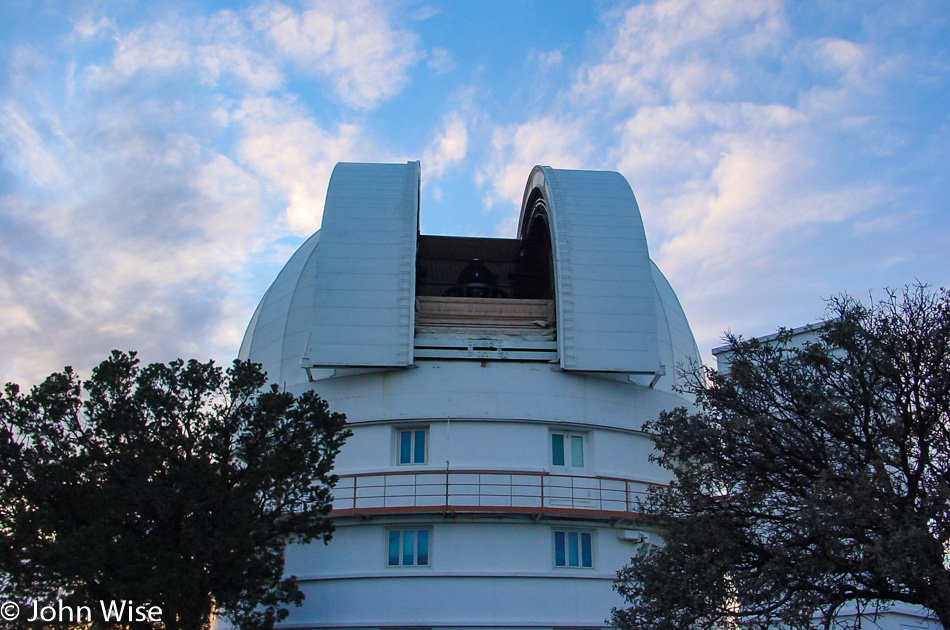
Up here, at the elevation of 6,791 feet above sea level on Mount Locke, is the McDonald Observatory. This is a bonus site on this trip, as we had no idea that we’d find an observatory out here.
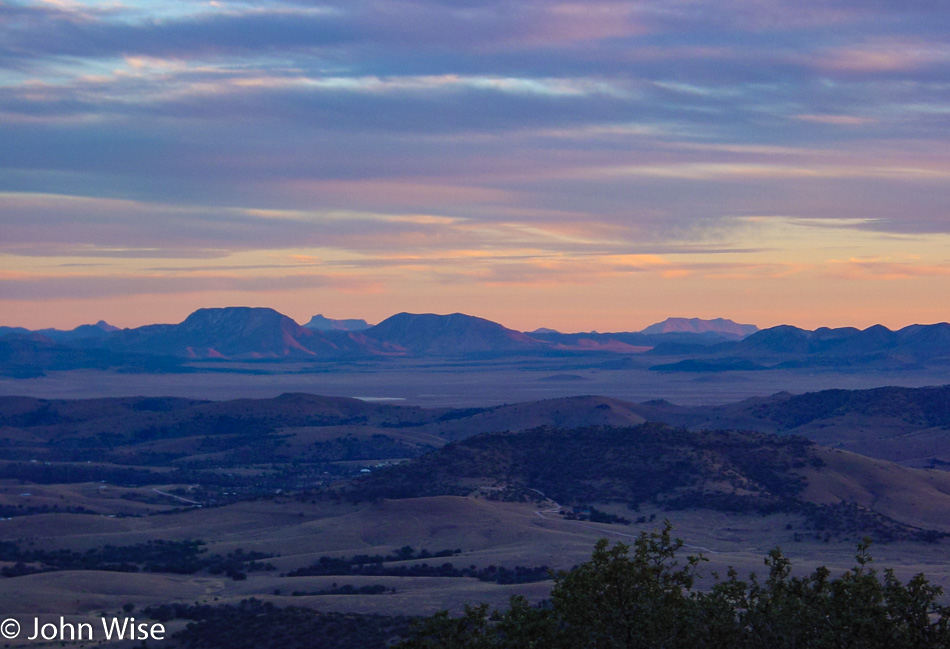
With about 60 miles between us and any city of relatively medium size and being over a mile above sea level, it makes perfect sense to place a number of telescopes out here.
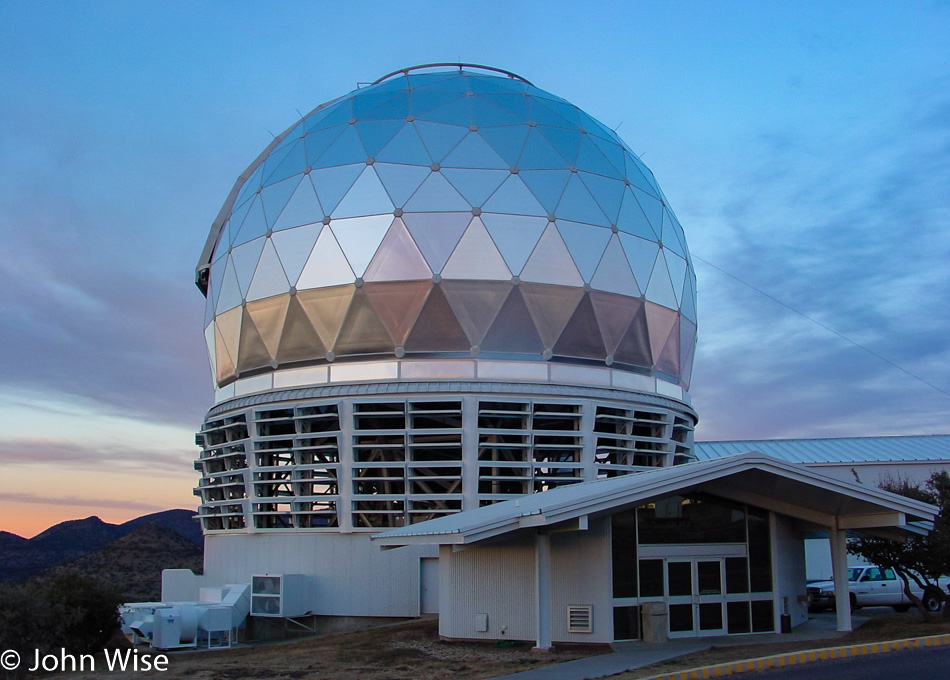
The visitor center is already closed, and it’s too early to get a look at the stars. Doesn’t matter, though, as you typically need reservations, and events are held sporadically; better to check their event calendar should you decide to visit.
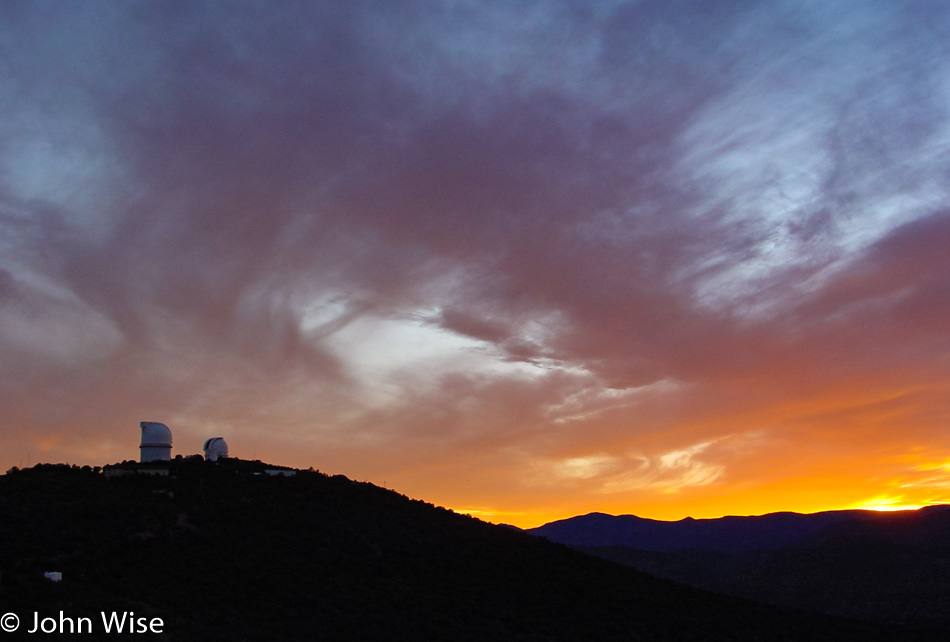
I don’t know what happened to the day, and then all of a sudden, we are moving into the night. Oh yeah, it’s wintertime, and the days are short. Up to Van Horn on Interstate 10 for our overnight in some anonymous cheap motel.